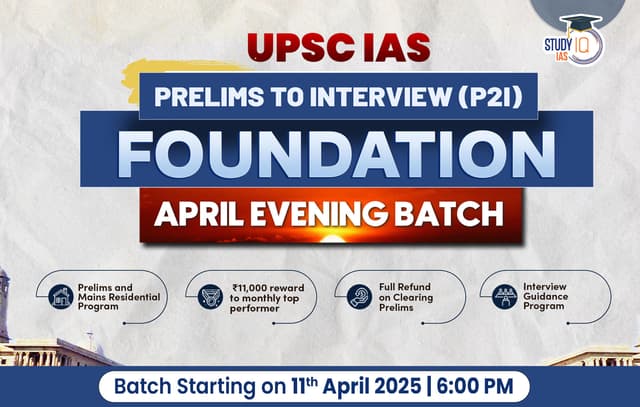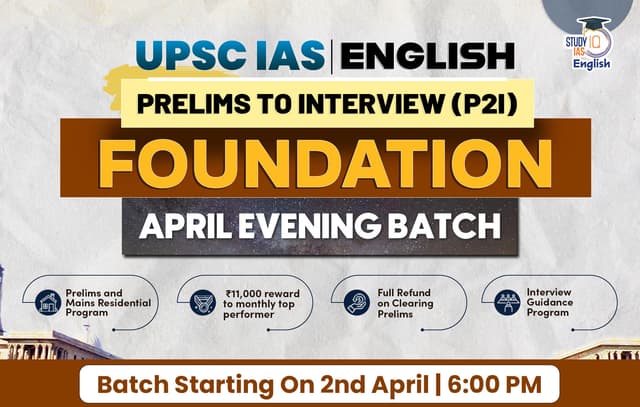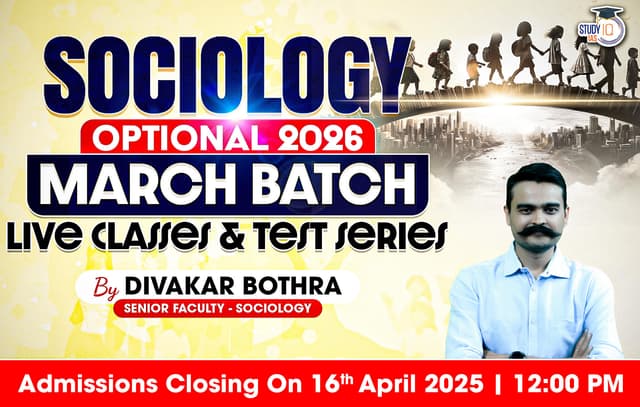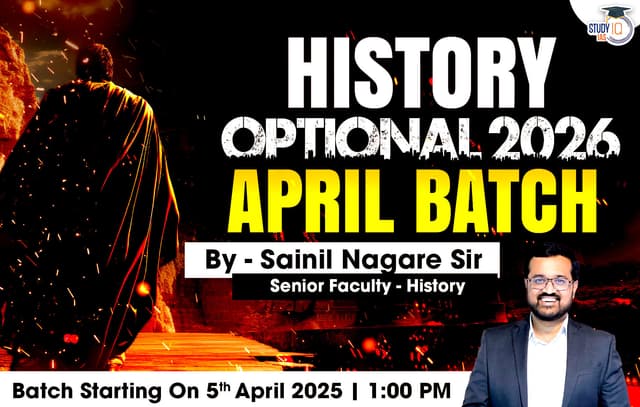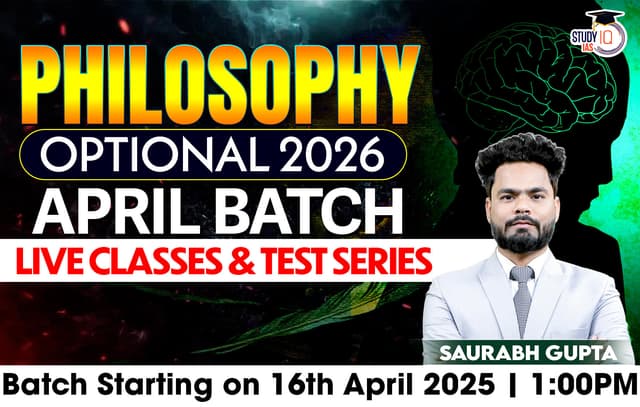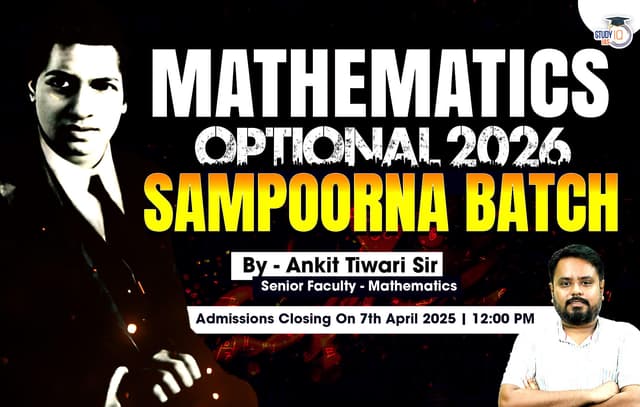Table of Contents
About Wikipedia
- It is a community-driven platform, with content created and edited by volunteers.
- Editorial Process: Anyone can edit articles, provided edits are backed by reliable and verifiable sources.
- Protection Measures: Pages on controversial topics can be placed under “extended confirmed protection” or “full protection” to maintain neutrality.
- Extended protection limits edits to experienced users, while full protection restricts editing to
- Administrators: Selected by community elections based on reputation.
- Wikimedia Foundation, a non-profit based in the U.S., is not responsible for the content on Wikipedia. It provides the technical infrastructure to run the platform and ensures editors can contribute without technical barriers.
- ANI argued that Wikimedia violated safe-harbour provisions and the IT (Intermediary Guidelines and Digital Media Ethics Code) Rules, 2021.
Safe Harbour in India: Legal Framework
- Safe-Harbour Protection:
- It is a legal framework that shields intermediaries (such as social media platforms, online marketplaces or hosting services) from being held liable for the content uploaded by their users. g. Wikipedia, Google, Facebook etc.
- Section 79 of the Information Technology (IT) Act, 2000 provides safe harbour protection to intermediaries if they adhere to:
- Due Diligence Requirements: Regularly updating policies, user agreements, and moderation mechanisms.
- Timely Action: Removing unlawful content upon notice or court orders.
- Exclusions: Platforms that fail to comply with these obligations lose their safe harbour status. Loss of status could result in legal liability for all user-generated content.

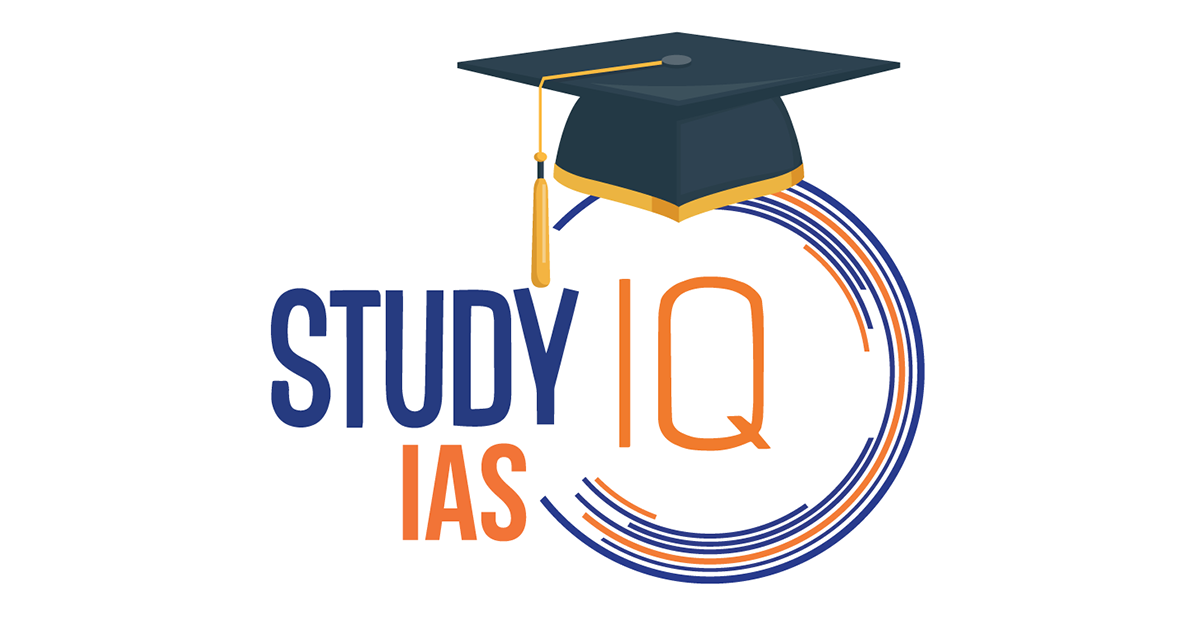
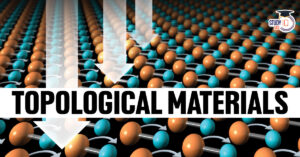 Topological Materials: The Future of Qua...
Topological Materials: The Future of Qua...
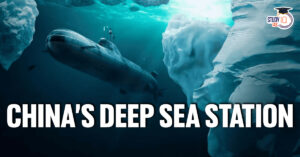 China’s Deep Sea Station in South Chin...
China’s Deep Sea Station in South Chin...
 Project ICE-CRUNCH: India-Switzerland Co...
Project ICE-CRUNCH: India-Switzerland Co...

